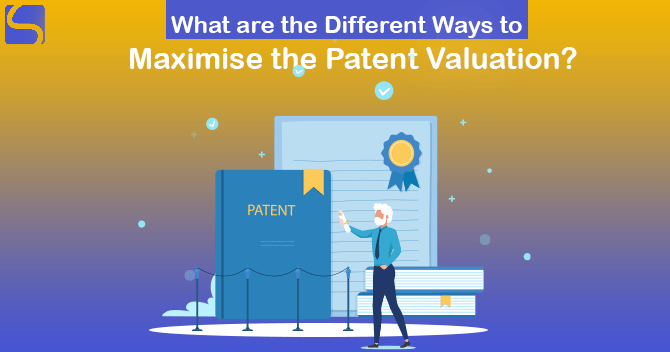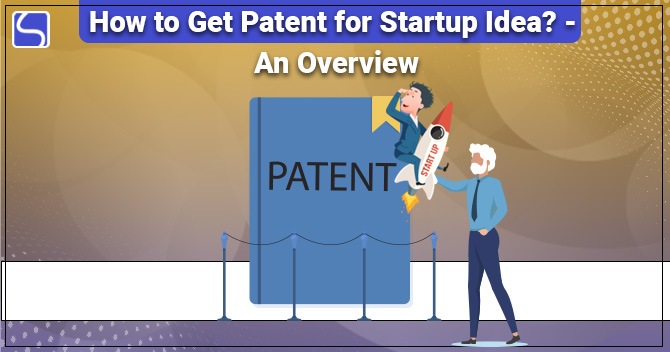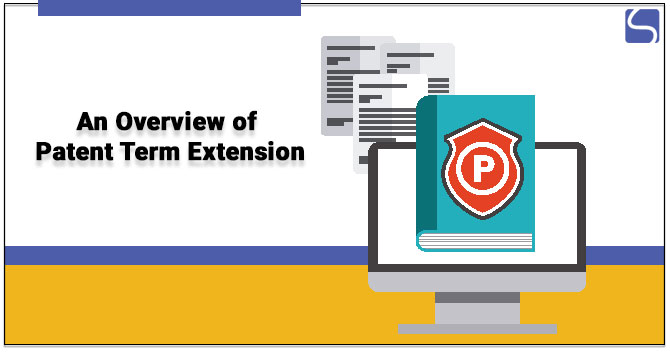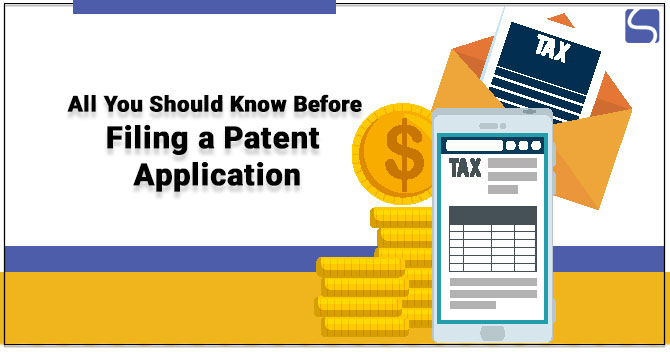What are the Different Ways to Maximize Patent Valuation?

Karan Singh | Updated: Dec 04, 2021 | Category: Patent
In terms of intangible assets, strong IP portfolios are often considered extremely beneficial for organizations. These assets, however, are only valuable when they bring commercial worth to particular businesses. IP-intensive companies regularly face the problem of underutilized IP assets, like patents. As an outcome, these assets often remain in the R&D labs without posing any real profit to the companies. This is a significant issue for various businesses across the world based on current reports stating that only 0.3% of Patents reach the commercialization stage. In this blog, we are going to discuss different ways to maximize Patent Valuation.
Table of Contents
Providing a New Financial Asset
Although intangible assets like IP have usually been underrated in their capacity to create commercial value, there has been a noteworthy concept shift in recent times. Research has shown that intangible assets like Patents have significantly increased from the 1950s till the 21st century. This calls for a gross reassessment of IP assets for companies holding considerable Patent Portfolios. Upon successful pruning, most recent organizations have realized that Patents can become the new financial assets that they can thrive on. Now let’s move towards the different ways to maximize Patent Valuation.
Different Ways to Maximize Valuation of Patents
There are numerous ways to maximize Patent Valuation. It is vital to note that maximizing such Patent Valuations is not just for IP-intensive companies but also for smaller entities or even NPEs (Non-Practicing Entities). Some of the ways to maximize Patent Valuation are:
- Quality over Quantity in Patents: Concentrating more on the assets’ quality in your Patent Portfolio rather than just increasing the portfolio size can also be deemed as a level-headed way to maximize Patent Valuation. This can be done by developing KPIs (Key Performance Indicators) & metrics for each of the Patents in your portfolio. By doing this, you can actually track the value creation of each of your Patents throughout their lifecycle. This method can aid you to focus on quality over quantity and hence maximize their Patent Valuation.
- Selling: By selling off Patents that are no longer economically viable/hold no practising value to your company or organization, you can increase some financial value out of them. Some organizations or companies hold assets that create no real value for them but have the potential to create an enormous value for others. Despite holding on to such unnecessary assets, it is better to sell them at a reasonable price and recover the expenses of Research & Development.
- Focus on Value Creation: Focusing on creating commercial value out of a Patent should be the main goal of any company or organization that is involved in the R&D of innovation or creative technologies, processes, or designs. There requirement to be a constant focus on the commercial value of a Patent throughout the implementation & developmental stages.
- Licensing: Licensing your Patent can aid your company or organization establishes their invention in the particular market niche and collecting the benefits of a standard income via royalties. This is one of the best methods to maximize Patent Valuation because it eliminates the cost of operation, sales, client acquisition, marketing, etc. It’s also an efficient method for companies without considerable capital to invest in inventory and still create huge value out of their Patents.
- Commercialize the Patent Portfolio: Treating a Patent Portfolio as a monetary asset is a primary step towards maximizing Patent Valuation. It would help if you estimated the scope of protection, rights & technological domain associated with each Patent to know how, when, and in which jurisdiction each one can be commercialized. By doing this, you can actually convert your overall Patent Portfolio into a revenue stream for your organization or company & so get the most value out of your Patents.
- Using Patents as a Collateral: During an economic recession, you can even use your Patents as collateral to gain a successful line of credit from an investor. In this manner, you don’t lose your Patents permanently and at the same time have sufficient capital to aid your business[1] stay afloat.
Conclusion
Using the above-mentioned ways to maximize Patent Valuation, companies or companies can gather the benefits of keen investments into Intellectual Property (IP). But, these ways are not limited to non-practising solutions. Companies or organizations can also design & develop expanded product lines by using their Patents.
Read our article:GSK sued Glenmark for Patent Infringement: Case Overview














